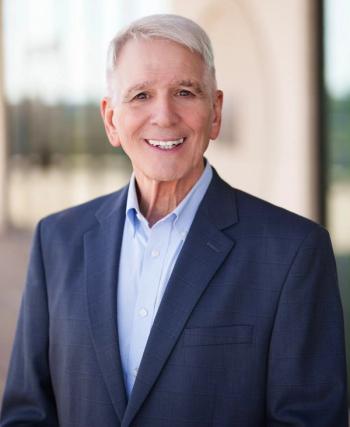
A Strategic Plan Must Accompany Any Rural Bailout, Per Michael Abrams, M.A.
Managed Healthcare Executive spoke with Michael Abrams, M.A., managing partner at Numerof & Associates, to discuss the newly passed $50 billion rural hospital relief fund and what it could mean for rural health systems. In a conversation that took place just before the legislation passed in the Senate on July 1, Abrams expressed cautious support for the fund while warning that without proper structure, it could fall short of meaningful change.
In a conversation with Managed Healthcare Executive just before the U.S. Senate first voted on the rural hospital relief fund on July 1, Michael Abrams, M.A., managing partner at Numerof & Associates, suggested that without a clear strategic plan, the $50 billion investment could fail to improve care in rural communities.
Now signed into law, the fund is part of President Trump’s nearly 900-page “Big Beautiful Bill,” which he enacted on July 4.
The bill includes sweeping tax breaks and spending cuts, including provisions that affect millions of Medicaid recipients and expand the Immigration and Customs Enforcement (ICE) agency by thousands of workers.
The legislation passed the Senate earlier in the week, and the Republican-controlled House approved it on July 3 in a tight 218 to 214 vote, with all Democrats and two Republicans opposed.
While the relief fund aims to provide a lifeline to struggling rural providers, Abrams cautioned that money alone will not solve deeply rooted challenges.
“What is so desperately needed is a strategic plan that does coordinate with what rural hospitals do with the other hospitals with more capabilities that are in their so-called neighborhood,” he said.
He added that rural hospitals often try to offer complex procedures they are ill-equipped to handle due to low volume and limited resources.
“One hip or knee replacement every few months is not good or safe for anybody,” Abrams said.
Instead, he recommended a federal task force that could guide hospitals in aligning their services with regional capabilities and in leveraging telehealth to safely offload certain types of care.
Without such a plan, he warned, the fund may only prop up outdated models of care rather than enabling meaningful transformation.
This conversation sheds light on why funding alone, without structure or long-term vision, may fall short of its intended impact.
Newsletter
Get the latest industry news, event updates, and more from Managed healthcare Executive.






















































